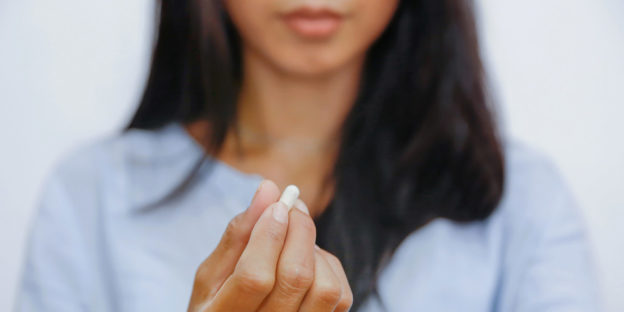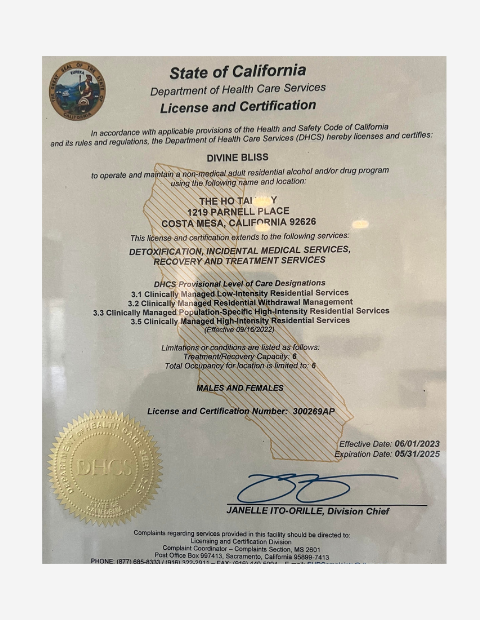A relapse prevention plan is essentially what it sounds like. A guide that helps prevent someone from relapsing. The initial stages of treatment focus on withdrawal, stabilization, and then transition back to life. During the stabilization and transition period, your clinician will begin speaking with you about your plans for after treatment, including long-term sobriety. You’ve made a lot of tough decisions thus far, continue investing in yourself.
Why Do I Need a Relapse Prevention Plan?
The stark reality is that most addicts relapse. Capuzzi and Stauffer (2016) indicated that as much as 90% of alcoholics and between 50-70% of drug addicts will relapse. The definition of relapse is simply a return to using the desired substance after a period of abstention. A relapse does not mean that a person will never stay sober. Some differentiate between a lapse and a full-blown relapse.
A lapse is a shorter length of returning to the substance of choice. For example, Mary has been sober for 2 years from opioids and went through a recent break-up with her boyfriend. Because of the break-up, Mary was sad, angry, and hurt. Without thinking, she hung out with some “normie” friends who drink. She ordered a glass of wine and immediately regretted it. Because Mary did not continue drinking after that night, it was a lapse rather than a relapse. The danger with a slip is that it can lead to a full-blown relapse.
Three Stages of Relapse
Here is an excellent worksheet to help identify a potential relapse.
Emotional: Hiding emotions, not wanting to go to meetings, avoidance, less regular self-care are characteristics of emotional relapse.
Mental: Drug or alcohol use fantasies, increased cravings, glorifying the old days, searching for opportunities to relapse
Physical: the actual use of drugs or alcohol.
The Danger of Relapse
The greatest relapse danger is an overdose that leads to death, especially with opiates. The tendency is that people who used heroin or other opiates use the same amount they were using before seeking treatment. After withdrawal and time away from drug use, your body has been adjusting back to normal. Your body lacks the tolerance you once had, and the same amount as before could be lethal.
Components of a Relapse Prevention Plan
Relapse prevention components are divided between both intrapersonal and interpersonal factors. Intrapersonal factors include self-efficacy, outcome expectancies, craving, motivation, coping ability, and emotional states. Interpersonal factors include social support and emotional support.
Self-efficacy refers to the degree that a person believes and feels that they are competent and capable of being successful.
Outcome expectancies refer to the person’s thoughts and beliefs about what happens after using or drinking.
Cravings are the psychological response that prepares a person for the effect of a substance. Triggers and cues are linked to craving levels.
Motivation level is one of the most critical factors. Motivation also depends on positive and negative reinforcement and can be influenced by many variables like situations, mood, and more.
Coping refers to the strategies developed to manage behavior. Some plans might be meditation practices, deep breathing, or self-talk to help navigate high-risk situations.
Emotional states have been identified as primary reasons for drug use. Both negative and positive emotions can be motives for using and drinking. Guilt, shame, and regret are the emotions often associated with relapse.
Social and emotional support systems can consist of family, friends, church groups, 12-Step meetings, to name a few. Social supports help contribute to an increase in self-efficacy and a decrease in negative moods.
High-Risk Situations
High-risk situations pose a threat to a person’s confidence level, thereby increasing the chance for a relapse. Most relapses have been associated with three types of high-risk situations.
- Frustration and anger: Remember our example of Mary? She felt negative feelings like sadness, anger, and being hurt, which lowered her ability to think clearly. Celebrations and emotional highs can also be cause for relapse. Think about dieting. In commemoration of doing so well, some celebrate with a sweet treat, defeating the purpose of the diet. Using drugs or alcohol to celebrate a job well done is also counter to your goal of sobriety.
- Interpersonal temptation: Conflict like an argument with a family member can also lead to negative emotions. Blaming others for our plight can also lead to relapse.
- Social pressure: Pressures from others can be subtle, especially with drinking. Family gatherings might include alcohol. Commercials on the television might depict a fun night out with friends drinking and dancing.
Many relapses that occur stemmed from not planning ahead.
Identifying High-Risk Situations
- Trigger awareness. Learn to recognize your thought patterns and emotions that could lead to relapse.
- Use mnemonic devices to remember your plan of action. For example, remembering to HALT can be a quick checklist to attend to your needs before giving in to a drink or using drugs. H = hungry, A = angry, L = lonely, T = tired.
- Use an emotional barometer to help you remember your action plan. Once you notice that your emotions are out of alignment, recall your specific plan of action to minimize your risk of relapse.
- Develop a plan B. Even the best-laid plans sometimes go awry.
- Use multiple methods of stress relief like hobbies, exercise, journaling, meditation, or something else.
Example of a Trigger and a Coping Strategy
Triggers and Coping Strategies |
|||
| High-risk situation (who, where, when) | External triggers (what) | Internal triggers (thoughts, feelings, impulses, cravings) | Coping strategies |
| Example:
“A company holiday party with my co-workers at a restaurant.” |
Example:
“The restaurant is where I used to have wine after a stressful day at work.” |
Example:
“My mouth waters, and I think about how relaxed I always felt after that first glass of wine.” |
Example:
“Since spouses can join, I will ask my husband for support. We will use a secret phrase if I feel uncomfortable. I can also order seltzer water or juice instead.” |
It is not feasible to identify ALL your high-risk situations. You will find that coping strategies can be used for multiple triggers. The most important thing to remember is that when you develop a relapse prevention plan with your therapist that you are invested. This is your plan for you, not someone else’s. Invest in yourself by calling the admissions team at The Ho tai Way to start your recovery journey. Call (714) 581-3974.
References
Capuzzi, D., & Stauffer, M. D. (2016). Foundations of addictions counseling (3rd ed.). Pearson Education, Inc.









